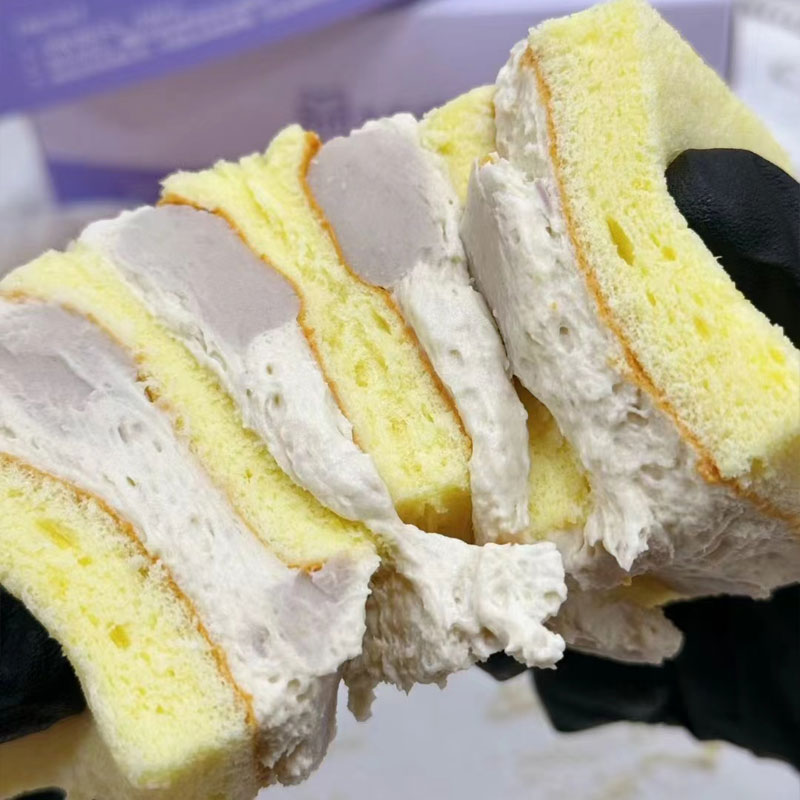Choosing a Milk Replacer Non-Dairy Creamer
2024-07-17
A milk replacer non-dairy creamer serves as an alternative to traditional dairy milk, offering a creamy texture and often a similar consistency to milk without containing any dairy ingredients. It's commonly used by those who are lactose intolerant, vegan, or seeking alternatives to dairy products. Here’s how you can use and choose a milk replacer non-dairy creamer:
Choosing a Milk Replacer Non-Dairy Creamer
1. Base Ingredient:
- Soy Creamer: Made from soybeans, soy creamer is often creamy and offers a slightly nutty flavor. It's a good all-around option.
- Almond Creamer: Light and nutty, almond creamer is another popular choice, suitable for those who enjoy a hint of almond flavor.
- Coconut Creamer: Creamy and with a subtle coconut taste, coconut creamer is ideal for adding richness to beverages and recipes.
- Oat Creamer: Creamy and naturally sweet, oat creamer is becoming increasingly popular for its smooth texture and neutral flavor.
- Rice Creamer: Made from rice, this creamer has a mild flavor and is often thinner than other options.
2. Flavor and Sweetness:
- Non-dairy creamers come in various flavors, such as vanilla, hazelnut, caramel, and original (unflavored). Choose based on your preference and the intended use (e.g., adding flavor to coffee or cereal).
- Consider whether you prefer sweetened or unsweetened creamer. Sweetened versions can add a touch of sweetness to beverages and recipes.
3. Consistency:
- Some creamers are thicker and more suitable for coffee and cooking, while others are lighter and better for pouring over cereal or using in beverages.
Using Milk Replacer Non-Dairy Creamer
1. As a Beverage Substitute:
- Use non-dairy creamer as a substitute for milk in coffee, tea, and hot chocolate. It adds creaminess and can enhance flavor.
- Pour over cereal or use in oatmeal for a creamy texture and added flavor.
2. In Cooking and Baking:
- Non-dairy creamers can be used in recipes that call for milk or cream. Adjust the amount based on consistency and flavor desired.
- They work well in soups, sauces, and desserts, providing a creamy base without dairy.
3. For Dietary Needs:
- Check labels for allergens and dietary restrictions. Non-dairy creamers are often free from lactose, dairy, and gluten, but ingredients can vary.
Recipes and Tips
- Creamy Vegan Alfredo Sauce: Use almond or soy creamer as a base for a creamy Alfredo sauce. Combine with garlic, nutritional yeast, and herbs for flavor.
- Vegan Pancakes: Substitute dairy milk with oat or almond creamer in pancake batter for a fluffy texture and slightly sweet taste.
- Non-Dairy Ice Cream: Use coconut or almond creamer as a base for homemade vegan ice cream. Add flavorings and freeze according to your ice cream maker’s instructions.
Storage and Usage Tips
- Shake well: Some non-dairy creamers can separate. Shake before use, especially if the creamer contains coconut or almond ingredients.
- Refrigeration: Some creamers need refrigeration after opening, while others can be stored at room temperature. Follow the manufacturer's instructions.
- Experiment: Try different types and flavors to find what works best for your taste preferences and dietary needs.
Using a milk replacer non-dairy creamer opens up a world of possibilities for enjoying creamy beverages, cooking, and baking without dairy. Whether you prefer soy, almond, coconut, oat, or rice creamer, there’s a variety to suit every taste and culinary application.



